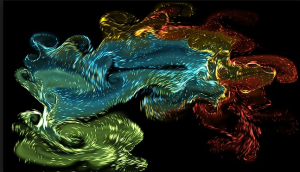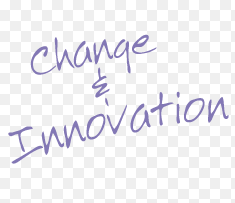 Today most innovation is focused on creating new products or services.
Today most innovation is focused on creating new products or services.
These new innovations frequently change or modify operating models and business models, often not by deliberate design.
We’d stipulate that most innovation should be focused on updating and changing business models constantly and with increasing focus. With this focus new products and services become by-products or outcomes that support or sustain new business models for driving greater lasting sustaining competitive advantage.
In short, most innovation should be focused on creating new business models, with new products or services serving as enablers to intentional business model innovation, rather than the other way round. This is what we mean by flipping perspectives.
Critically we have to become far more comfortable with constant, ongoing change and align this into new innovations and business models. This move to positive change is discussed here, recommending a movement that allows the changes we need within our organizations to become more fluid in their adaption, for leveraging and exploiting innovation in new, far more compelling ways.
Continue reading “A new innovation perspective – change to fluidity”




